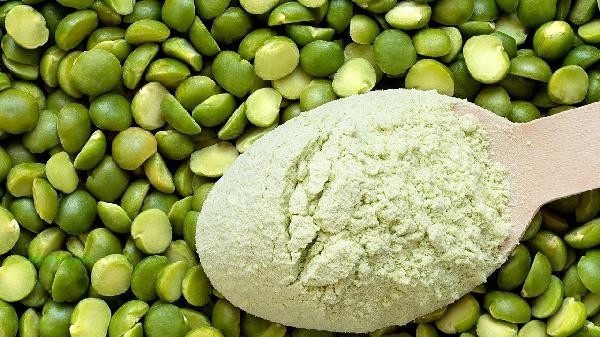The diet and exercise plan for muscle building mainly includes high protein diet, scientific strength training, reasonable calorie surplus, nutritional supplementation strategies, and recovery management. Muscle building requires a dual intervention of diet and exercise, stimulating muscle growth through precise nutrient intake and targeted training.

1. High protein diet
Daily intake of 1.6-2.2 grams of protein per kilogram of body weight, with priority given to high-quality protein sources such as chicken breast, eggs, and lean beef. Protein is a raw material for muscle synthesis, and consuming it in 3-5 meals can improve absorption and utilization efficiency. Whey protein powder can be used as a dietary supplement, but natural protein should be the main source. Avoid processing meat products and control saturated fat intake.
2. Scientific strength training
adopts resistance training mainly based on compound movements, such as squats, hard pulls, bench presses, etc., 3-5 times a week, with 8-12 repetitions per group. Gradual increase in weight-bearing is the key to stimulating muscle fiber thickening. Supplement protein and carbohydrates within 30 minutes after training to promote muscle repair. Avoid overtraining the same muscle group and ensure a 48 hour recovery period.
3. Reasonable calorie surplus
The total daily calories should exceed the consumption by 10% -15%, with carbohydrates as the main source of energy. Choose slow carbon foods such as oats and brown rice with low glycemic index, and pair them with healthy fats such as nuts and avocados. Excessive calorie intake can lead to fat accumulation, and it is recommended to limit weight gain to 0.25-0.5 kilograms per week. Accurate intake control can be achieved through food scales and diet tracking apps.

4. Nutritional supplementation strategy
Creatine can improve training performance and muscle water storage capacity, while β - alanine can help delay fatigue. Vitamin D and calcium are crucial for muscle contraction function, and omega-3 fatty acids can reduce inflammation after training. Supplements cannot replace basic diet, and a nutritionist should be consulted before use. Pay attention to electrolyte balance before and after training to avoid dehydration affecting athletic performance.
5. Recovery Management
Ensure 7-9 hours of high-quality sleep per day, with growth hormone secretion at its peak during deep sleep. After training, relax and stretch the foam shaft to reduce muscle adhesion. On active recovery days, low-intensity aerobic or yoga exercises can be performed. Long term stress can increase cortisol levels and hinder muscle synthesis. Regularly conduct body composition testing and adjust dietary training plans. Patience is necessary during the process of muscle growth, as muscle growth is a gradual process. Avoid extreme dieting or overtraining, and women should pay attention to the impact of menstruation on training. The main cooking method is steaming, boiling, and baking to reduce nutrient loss. Drink no less than 2 liters of water per day to maintain cellular metabolic needs. It is recommended to evaluate the training plan every 3 months and adjust the intensity and diet ratio based on progress. If there is a risk of metabolic diseases or sports injuries, a muscle building program should be carried out under the guidance of a professional.







Comments (0)
Leave a Comment
No comments yet
Be the first to share your thoughts!